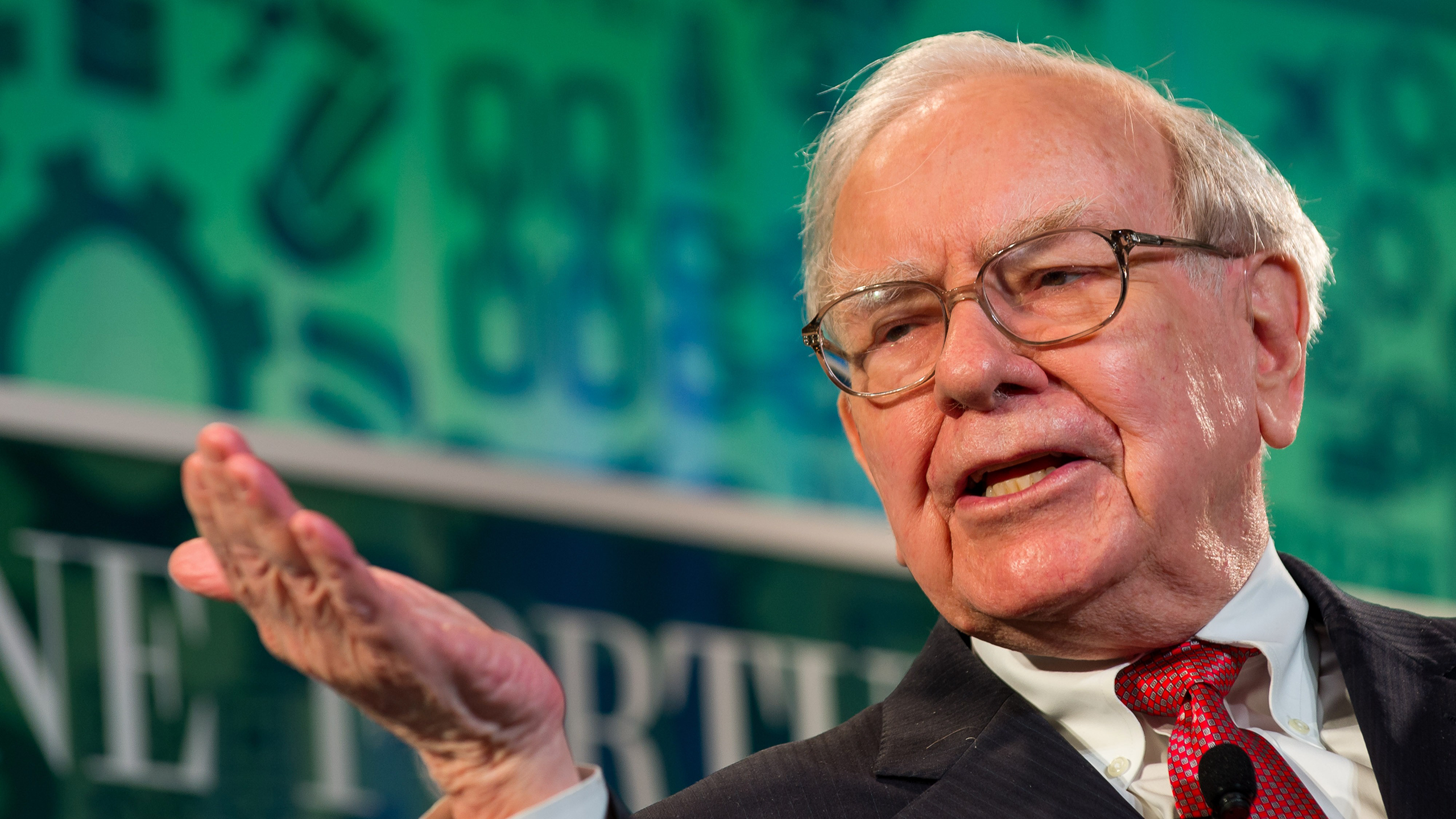Is Gold still the #1 currency in the world ? [History & Mystery of Gold]
Humans have been intrigued with gold throughout history. Since the beginning of our civilisation, it has formed our financial system and continues to be the most widely used currency worldwide. Explain about how all of the governments embraced it. Start with the straightforward inquiries below to help provide some light: What is the intended operation of a traditional gold standard? What was the actual outcome in the past? Why is gold so widely discussed right now as opposed to at some other time?
History of Gold Standards
The First World War ended its glory as the British Empire’s standard currency during the late 19th and early 20th centuries. The system for making foreign payments abruptly broke down in 1914. Due to the stock markets being largely closed throughout the war, debts could not be easily rolled over or paid as normal because British credits financed half of all global trade. Defaults progressively clogged the discount and acceptance markets over the summer of 1914, and a run on the gold facility of the Bank of England resulted in the suspension of gold payments.
Negotiators for the United States and its allies, particularly Great Britain, gathered urgently as the Second World War drew to a brutal end to attempt and establish an agreement on the financial arrangements for a new world after the war. Except for France, which is politically unimportant (and not yet free), no one advocated a return to the gold standard.
Under a global gold standard mechanism, a nation losing gold owing to a trade deficit would automatically shrink its gold-linked note supply, bringing down the price level. Exports from the deficit nation would then become more appealing to other nations while imports would increase in price, self-correcting the gap. Credit expansion in surplus countries and credit contraction in deficit countries naturally restrained global imbalances.
Read more – https://www.gold.org/history-gold/gold-as-currency
Why is Gold?
Because of its particular characteristics, gold is preferred as a medium of trade by the majority of proponents of commodity money. There should always be a minimum level of genuine demand for gold since it has non-monetary uses, particularly in jewelry, electronics, and dental care.
Unlike diamonds, it can be divided properly and equally without losing value and it does not deteriorate over time. There is a finite amount of gold on Earth, and the rate of inflation is constrained by the rate of mining, making it hard to counterfeit flawlessly and having a fixed supply.
How did the IMF come to own the gold it does?
Around 2,814.1 metric tons of gold, or 90.5 million ounces, are held by the IMF in approved depositories.
The IMF acquired its gold assets through four main sources up until the early 1970s:
1. When the IMF was established in 1944, member nations contributed 25% of their initial quotas in gold. Throughout the course of the following three decades, they also increased quotas. The majority of the IMF’s gold comes from these payments.
2. Members typically paid all IMF credit interest due in gold.
3. Members also have the option of paying back IMF loans with gold.
4. Members could sell gold to the IMF in order to purchase another member’s currency.
Should the gold standard be reinstated?
Many issues arise if the gold standard is reinstated. Practically speaking, there isn’t enough gold in the world to reinstate the gold standard, and nobody else is either. The government loses control of monetary policy when the value of the dollar is linked to gold, making it impossible for it to expand the money supply during economic downturns.
Up until 1971, when then-President Richard Nixon abolished the final remnants of the gold standard, the U.S. tied the value of the dollar to the price of gold. However, the government determined that people could no longer exchange dollars for gold in 1933, essentially ending the gold standard for the majority of the population.
Gold as a currency
Many individuals are unaware that under the current system gold is a form of money. Since gold is typically priced in dollars, the U.S. dollar has been frequently associated with it. A long-term inverse relationship exists between the value of the dollar and gold prices. When we realize that the price of gold is nothing more than an exchange rate, we must take these things into account. A paper currency can be traded for gold in the same way as one can do the opposite with US dollars and Japanese yen. Money has just recently switched to a fiat system that is not backed by a physical commodity, from gold coins to paper notes backed by the gold standard. People can also protect themselves from periods of unpredictability in the world economy by investing in gold.
Gold is a form of money in a free market. There is a price for gold, and that price will shift in relation to other currencies like the US dollar, the euro, and the Japanese yen. Although gold can be purchased and stored, it is not frequently utilized as a form of payment. Yet, it is very liquid and is comparatively simple to convert to cash in practically any currency.
As a result, gold behaves in many ways like other types of money. While other currencies or asset classes typically fare better, there are instances when gold is more likely to move lower. When trust in paper currencies is eroding, during wartime, and when stocks suffer big losses, we can anticipate gold to do favorably.

![Is Gold still the #1 currency in the world ? [History & Mystery of Gold]](https://cdn.britannica.com/41/142441-050-7DFCF3B8/nuggets-flakes-dust.jpg)



Thanks for sharing. I read many of your blog posts, cool, your blog is very good.
I have read your article carefully and I agree with you very much. This has provided a great help for my thesis writing, and I will seriously improve it. However, I don’t know much about a certain place. Can you help me?
Your article helped me a lot, is there any more related content? Thanks!
Thank you for your sharing. I am worried that I lack creative ideas. It is your article that makes me full of hope. Thank you. But, I have a question, can you help me?
Thanks for sharing. I read many of your blog posts, cool, your blog is very good.